This time on Species Spotlight we’re diving into the fascinating world of perennial bulbs! As spring rolls around and the clock rolls forward, bulbs sprout from everywhere. From native gems to invasive interlopers, let’s take a closer look at some of the most noteworthy examples. Photos from wikicommons.
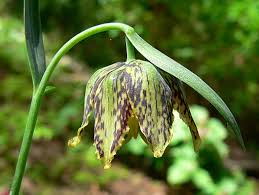
Fritillaria Pudica [#1]
These dainty plants are genuinely unique and one-of-a-kind; they don’t mess with basic bright colors like other bulbs, and they would rather keep it on the down low. At a whopping eight inches tall, these flowers bloom soon after snowmelt, generally from March to June. They are quite particular and prefer light sandy and medium loamy soils that are well drained and mildly acidic, along with semi-shade. Think of light woodland.
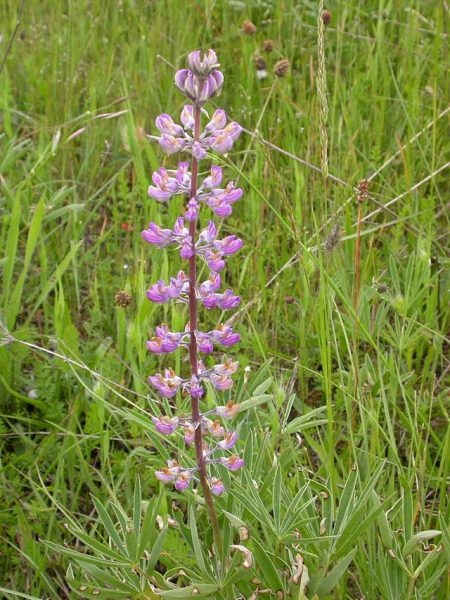
Kincaid’s Lupine [#2]
Runner-up is the famous Lupine, our local Kincaid and a threatened species in western Oregon’s native prairies. The hybridization between the Kincaid Lupine and Lupinus Arbutus, as well as the destruction of habitat due to urbanization, has contributed to the loss. But fret no longeras they are making a comeback and can reproduce through seed and rhizome growth. Rhizome growth is a modified subterranean plant stem that sends out roots and shoots from its nodes, like ginger or rhubarb. These beauties are trying hard to make their comeback, and it’s working.

Trillium [#3]
When you think of native perennial bulbs in Oregon what’s the first that comes to mind? That’s right, the Trillium. This classic bulb is quite the eye-catcher and a rarity as it’s a slow-growing plant that takes seven to ten years to flower. Trilliums are listed as endangered by the U.S. Fish and Wildlife Service, so if you would like to up the trillium population in your area, they can be grown from seed. However, the plant can take up to two years to even germinate. To grow these crazy little flowers, gently separate out the individual rhizomes and replant in a location similar to where they were growing well. If you see a trillium, as tempting as it may be to take it home, DO NOT. Like many bulbs, picking the flower and stem will kill the whole plant and it could take years for it to recover. The trillium flower is considered a symbol of the Trinity (The Father, Son and Holy Sprit) because its petals, sepals and bracts all have three parts.
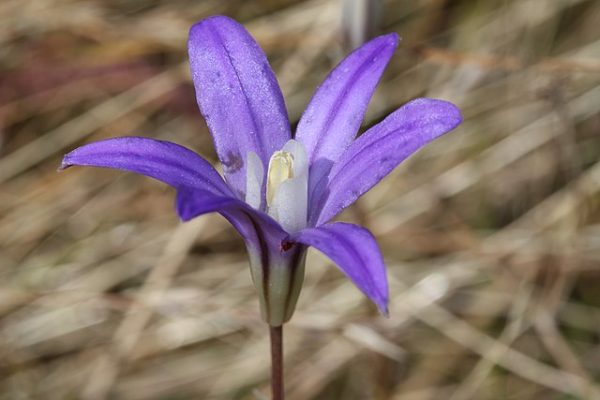
Brodiaea Coronaria [#4]
Commonly known as the Crown Brodiaea, the Brodiaea Coronaria is a member of the asparagus family and is part of the vast Liliaceae (Lily) family. These striking beauties are native to North America, adorning meadows and grasslands with clusters of deep blue to violet flowers.
Indigenous communities have utilized Brodiaea Coronaria for various purposes. The bulbs were traditionally harvested and consumed by indigenous tribes and the plant holds cultural significance among some native groups in traditional ceremonies and practices.
Known for their resilience and adaptability, Brodiaea Coronaria thrives in various habitats. It is a bulb that anyone can love, and for that, it gets fourth place.
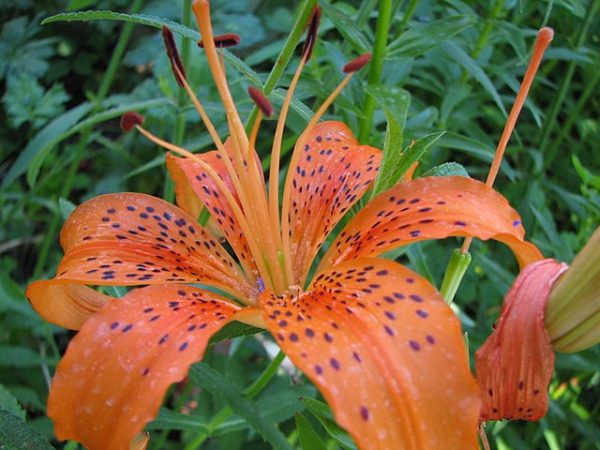
Tiger Lily [#5]
Despite their flashy appearance, most naturally occurring tiger lilies appear in a ditch or runoff because they love wet soil. Originating from Asia, particularly China, Japan and Korea, these vibrant orange flowers adorned with dark spots add a dazzling touch to any garden space. Tiger Lilies aren’t just prized for being striking, as they also play a crucial ecological role. Their nectar-rich flowers attract pollinators such as bees, butterflies and hummingbirds, contributing to the health and diversity of local ecosystems. Like many other bulbs, they hold a cultural significance. In some Asian cultures they symbolize wealth, prosperity and good fortune. Thanks for being so multifaceted, Tiger Lilies, you’ve earned fifth!
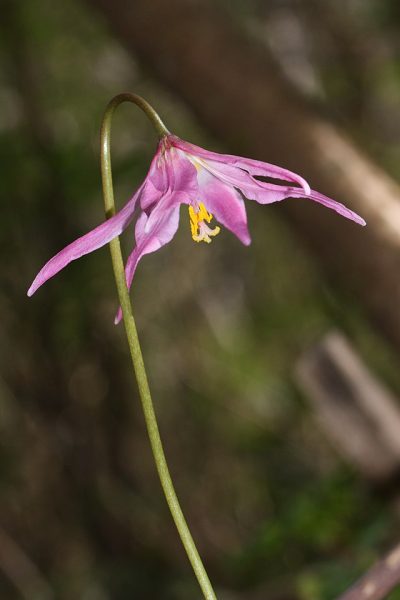
Erythronium Revolutum [#6]
These dainty little guys have rose-pink, lily-like flowers and mottled leaves. There are many different varieties of Erythronium including the Giant White Fawn, California Fawn, White and Yellow Trout Lily and the White Avalanche Lily. What sets them apart are their uniquely mottled leaves, adding an extra dimension of allure to their appearance.
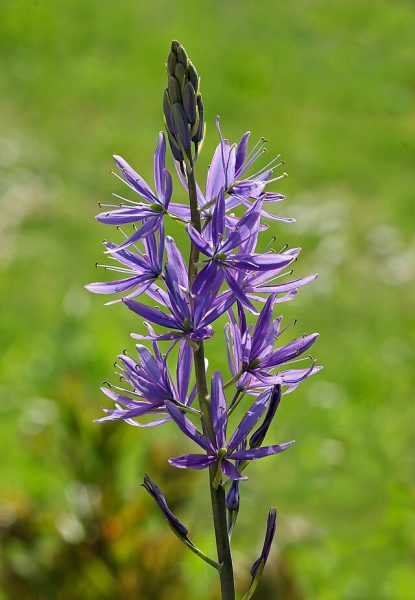
Camassia [#7]
There is some competition for the Erythronium Revolutum as the Camassia is also in the Liliaceae family. Camassia is a close relative to the asparagus family. They are native to North America and grow spiky purple or white flowers in great numbers in moist meadows. Fun fact, Camas Washington was named after this bulb because they were essential as a food source for many indigenous tribes. Dried flattened bulbs would historically be served with seal, whale or fish oil. They are said to taste similar to a baked pear, prune or sweet chestnut.
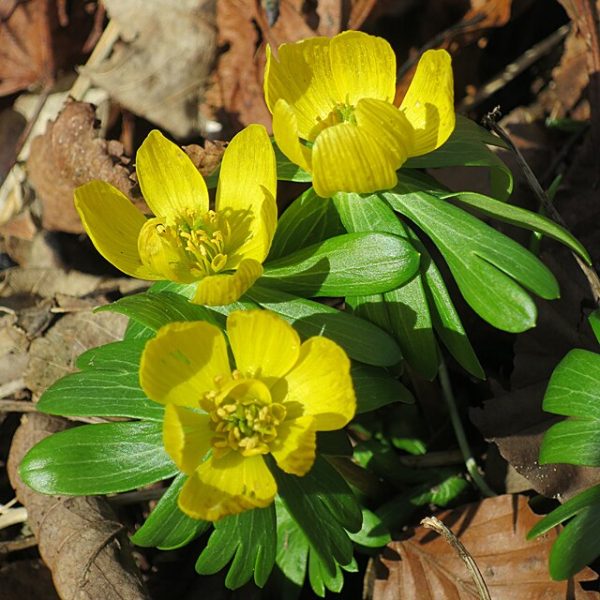
Despite looking innocent, these bad boys are known for their ability to thrive in challenging conditions, including shady woodland areas and even beneath trees. Their early bloom time makes them essential for pollinators like bees and butterflies, providing much-needed nourishment after the winter months. But bee—ware, they contain toxic compounds that can cause skin irritation if handled improperly.
Grape Hyacinth INVASIVE [#9]
These little grape blueberry-looking things originating from Eurasia and sure do put on a show, BUT they are invasive and tend to spread, WOMP WOMP. Nonetheless, these hardy bulbs sprout in early spring, and the blooms follow soon after. Not only are they beautiful, but they are also rich in antioxidants and contain high levels of vitamin C. Some even use them to help with ailments. Although only the Grape Hyacinth can be eaten, regular Hyacinths are toxic and can cause an upset stomach.
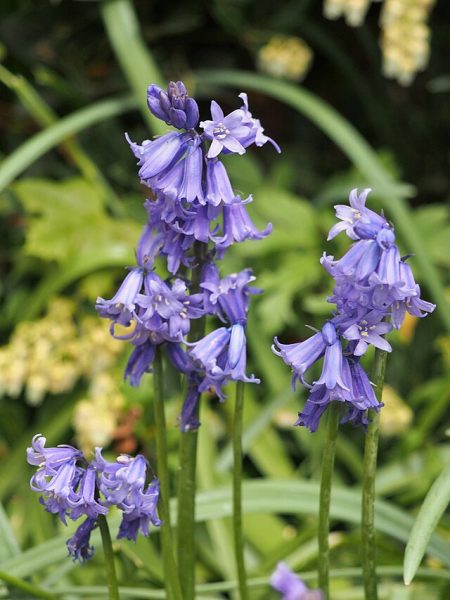
This one gets dead last because not only can it take over and be invasive, but also because it’s not that pretty or unique and is outshined by every other bulb here.. Be careful not to confuse them with Irish Bluebells, which have a rounded stem rather than a straight one and don’t spread. These guys can spread quickly as they reproduce by seeds and bulbs and germinate in only six months.

Niko Paroissien-Arce • Apr 16, 2024 at 3:05 pm
I HATE Spanish blue bells 😡